Thermocet Trimline 100 User manual
Other Thermocet Indoor Fireplace manuals
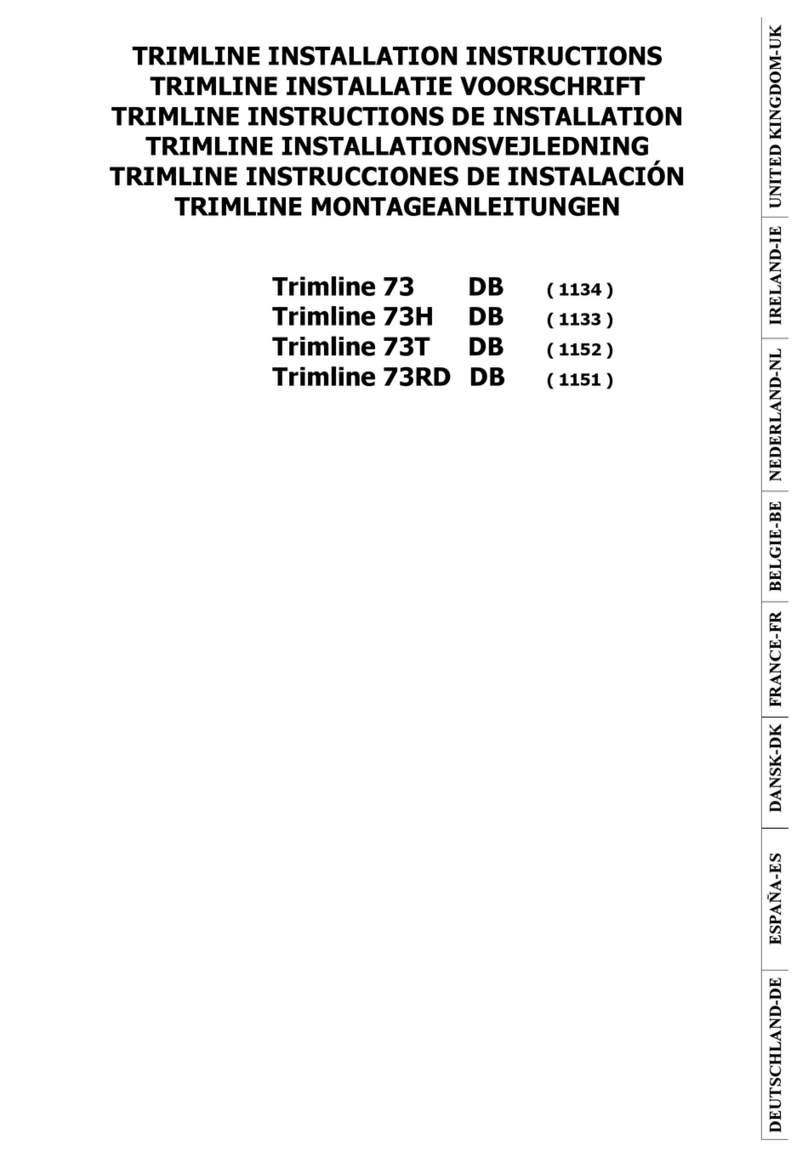
Thermocet
Thermocet Trimline Series User manual
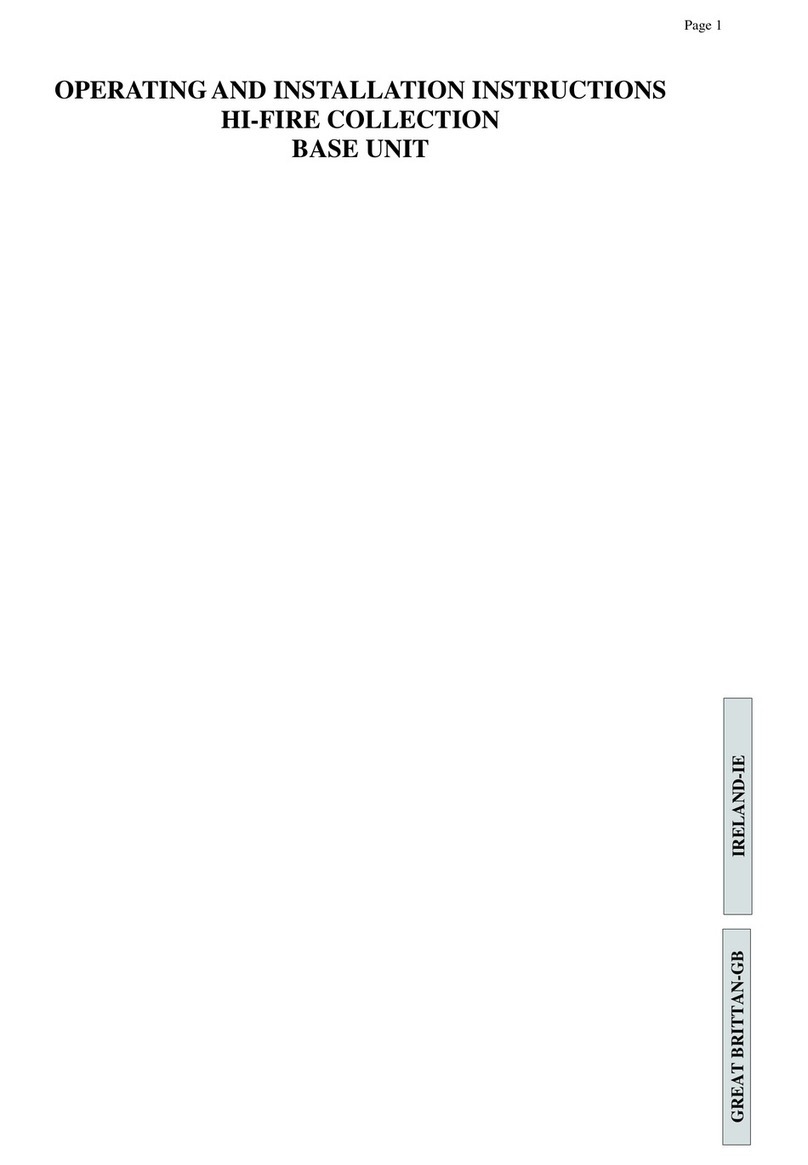
Thermocet
Thermocet Hi-Fire Prominent User manual
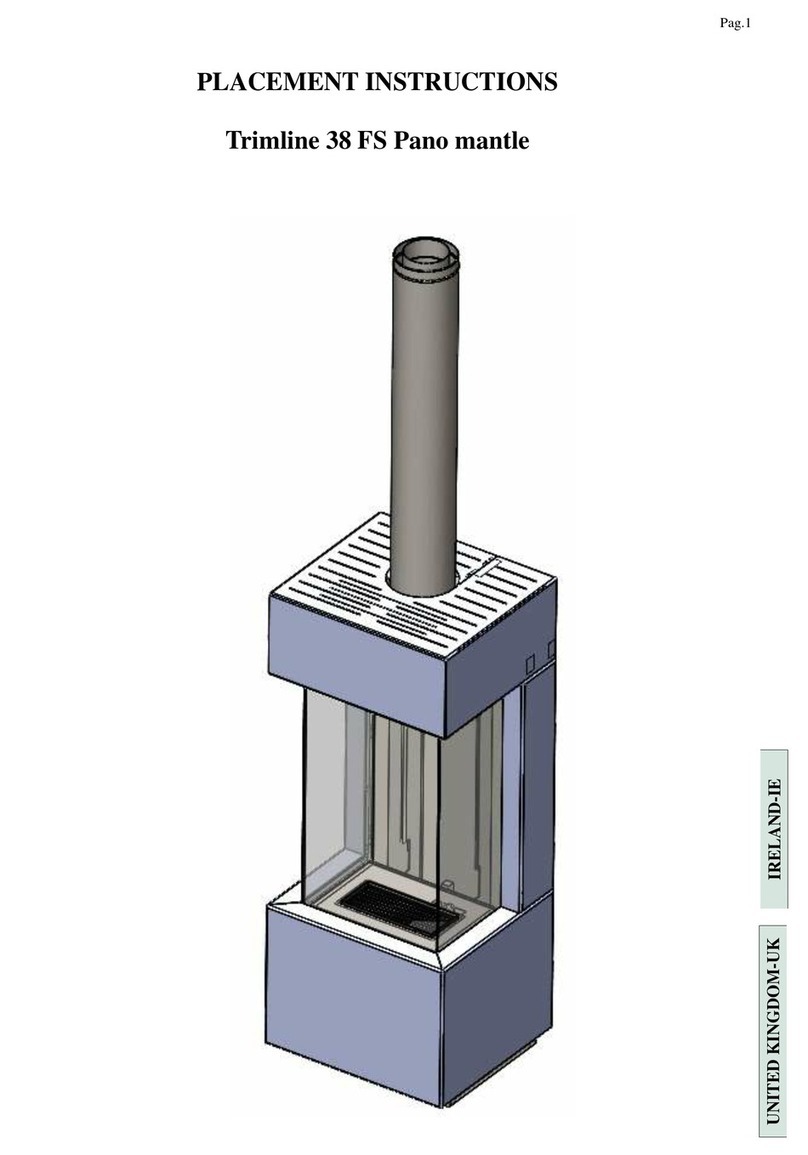
Thermocet
Thermocet Trimline 38 FS Pano mantle User manual
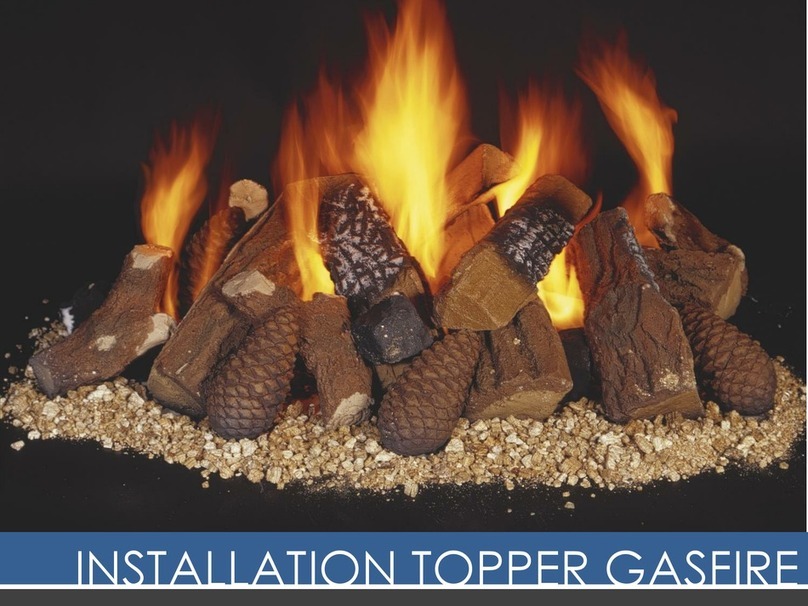
Thermocet
Thermocet TOPPER CU 2413 G25/G20 User manual
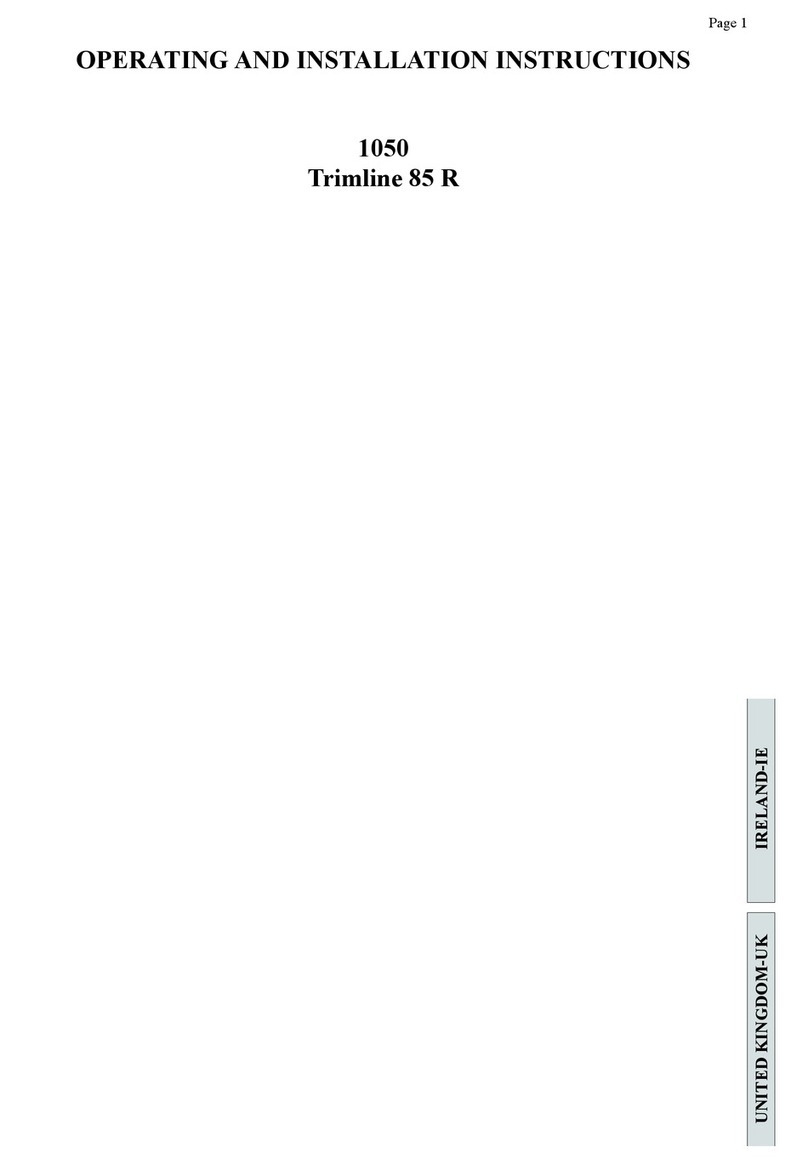
Thermocet
Thermocet Trimline 85 User manual
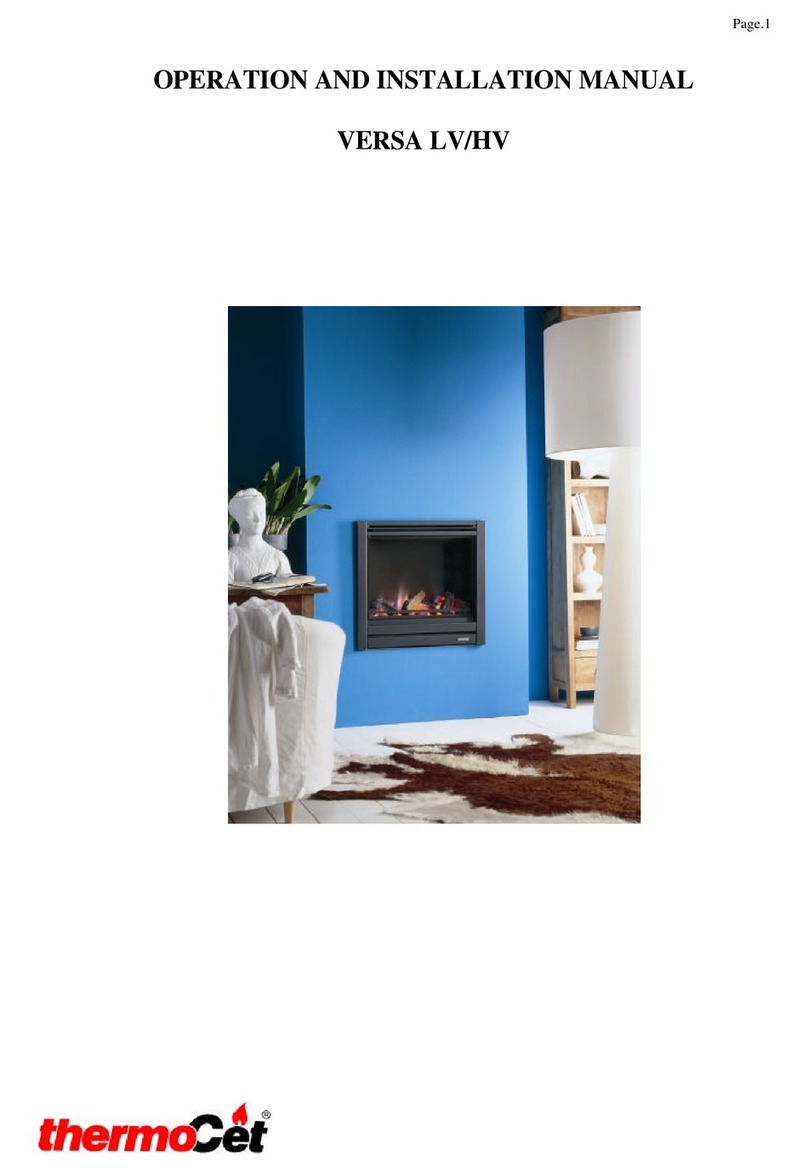
Thermocet
Thermocet VERSA LV Specification sheet
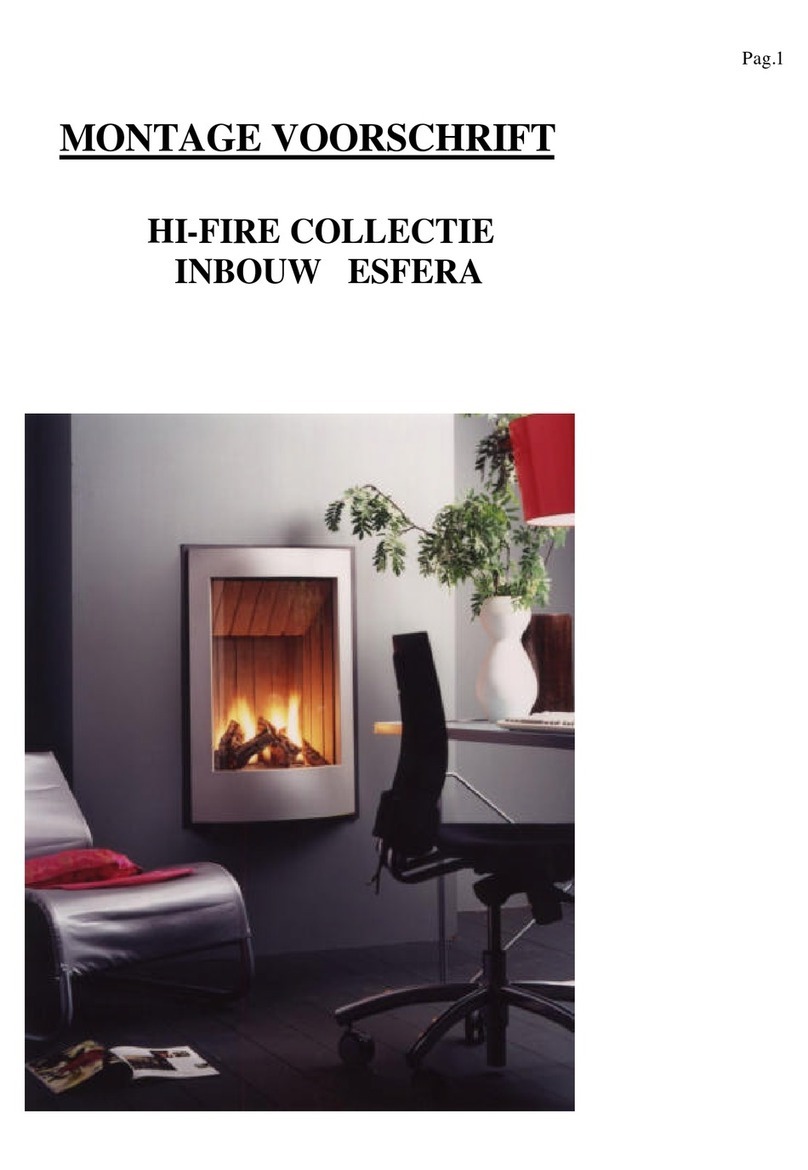
Thermocet
Thermocet HI-FIRE ESFERA User manual
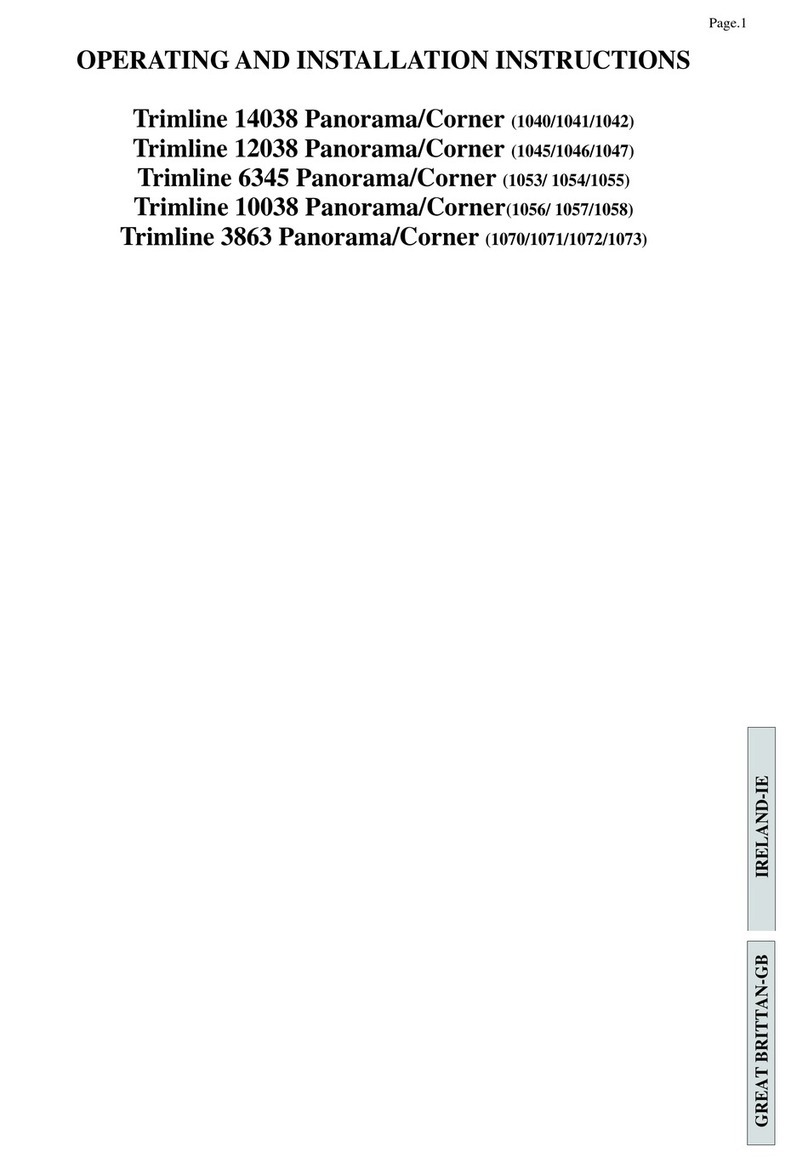
Thermocet
Thermocet Trimline 14038 User manual
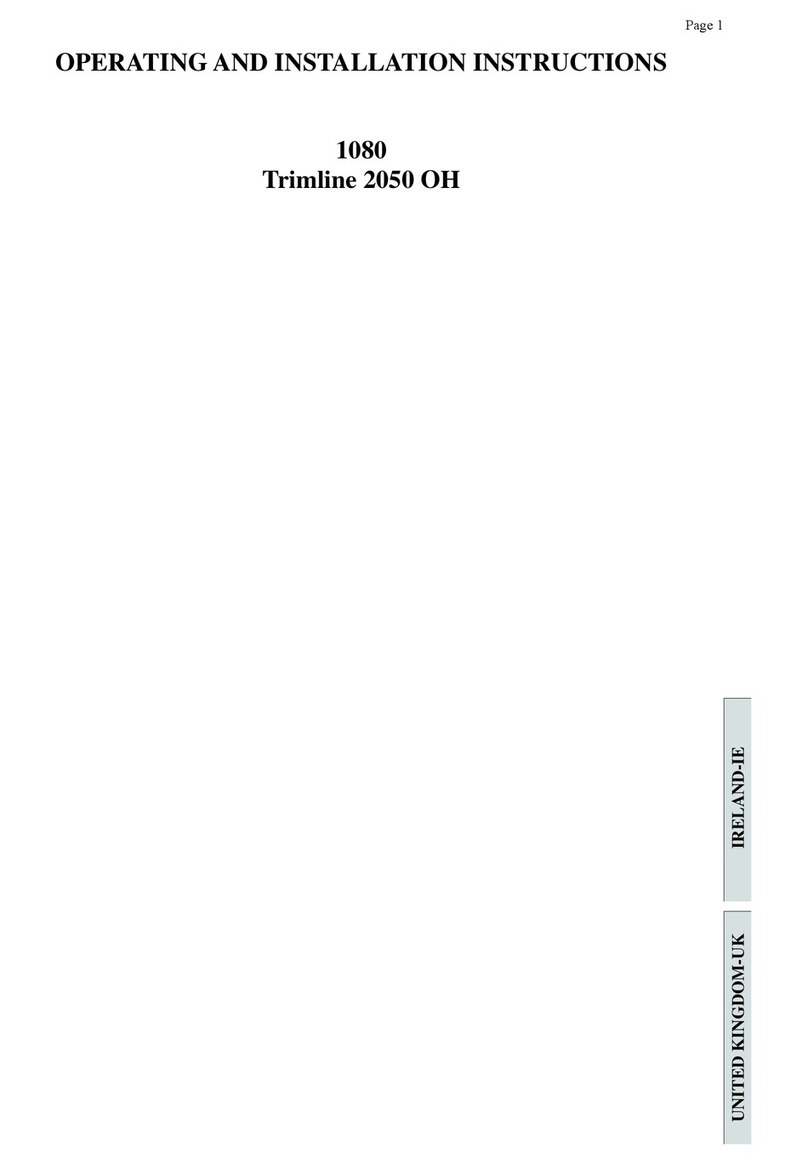
Thermocet
Thermocet Trimline 2050 OH User manual
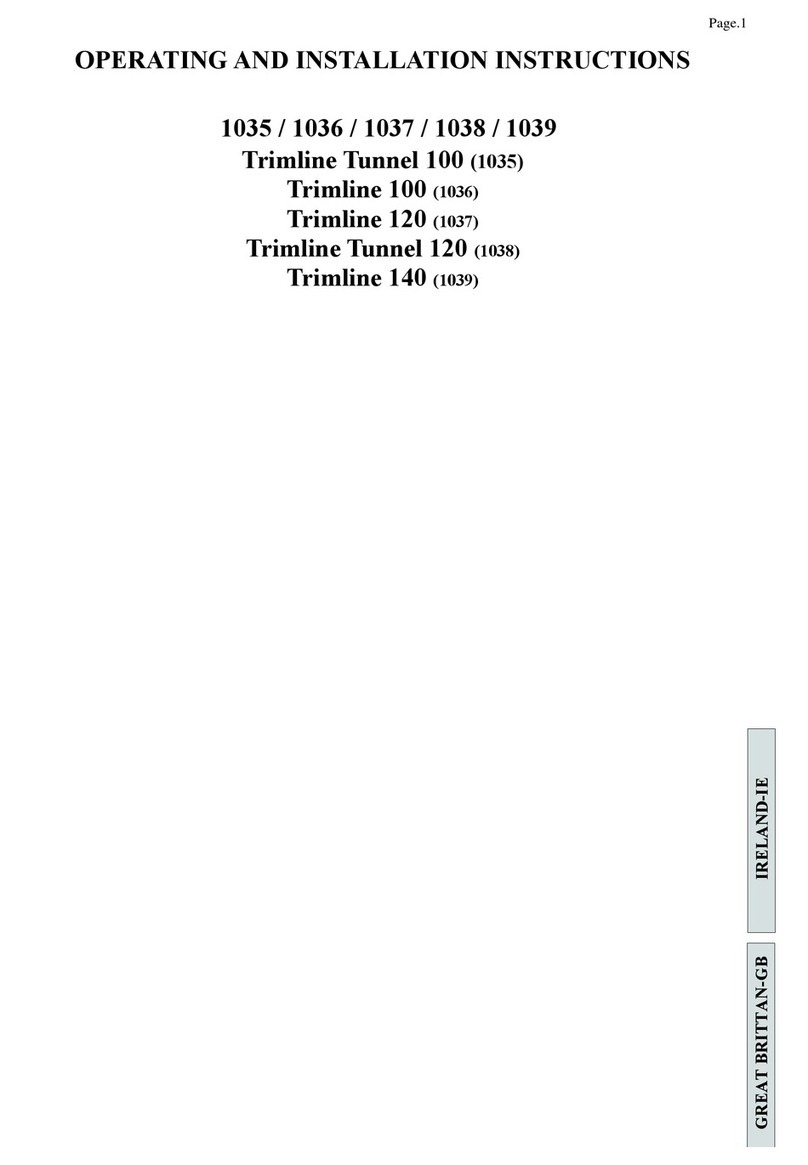
Thermocet
Thermocet Trimline Tunnel 100 User manual
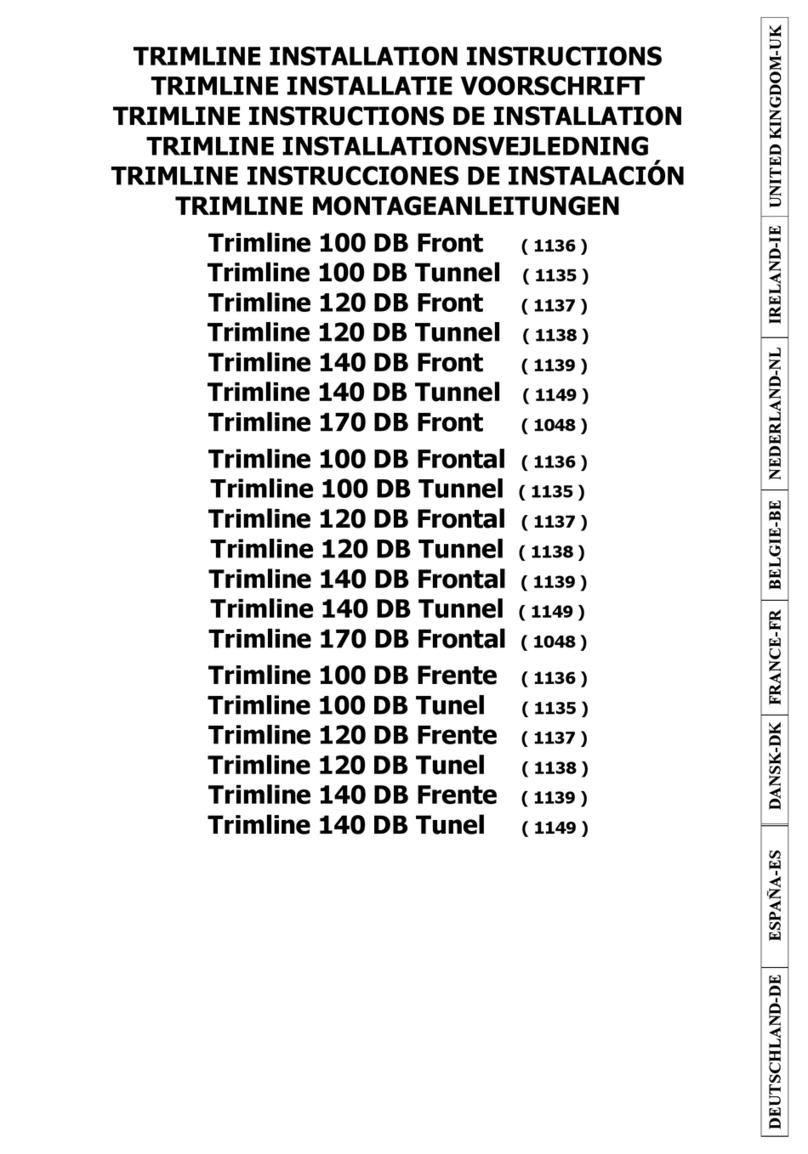
Thermocet
Thermocet Trimline 100 DB Front User manual
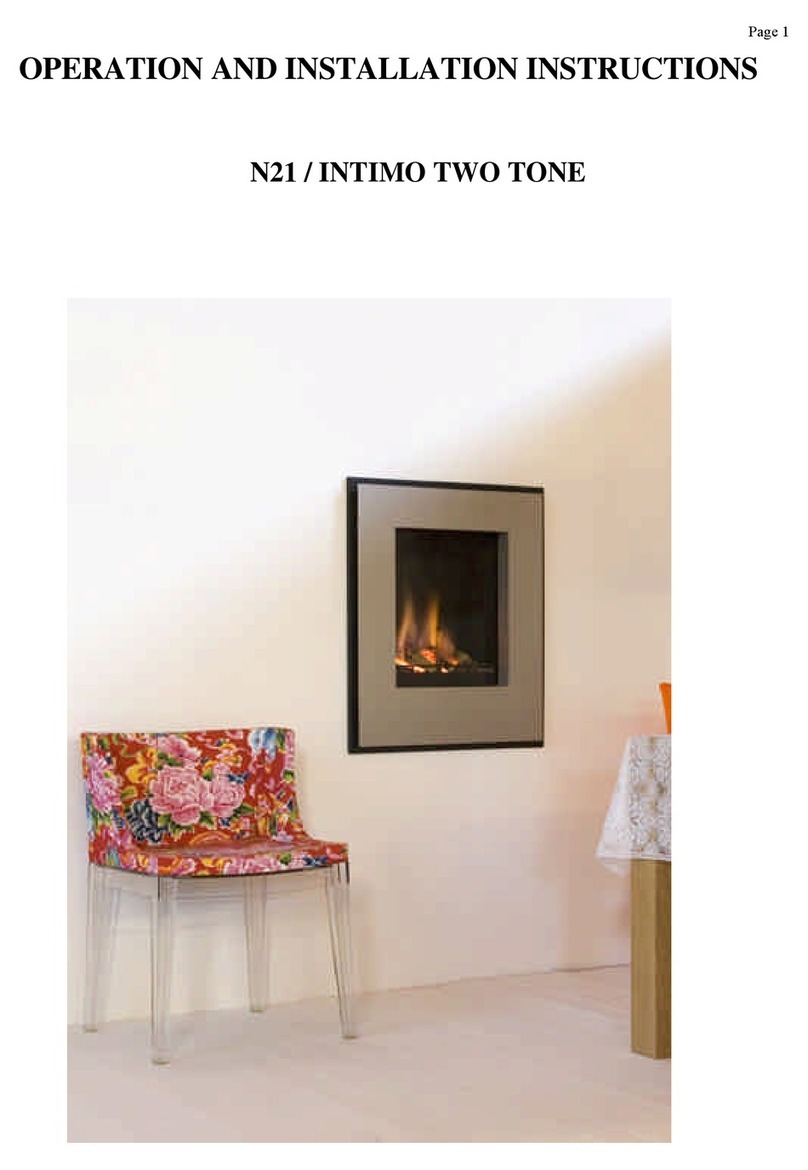
Thermocet
Thermocet INTIMO TWO TONE N21 User manual
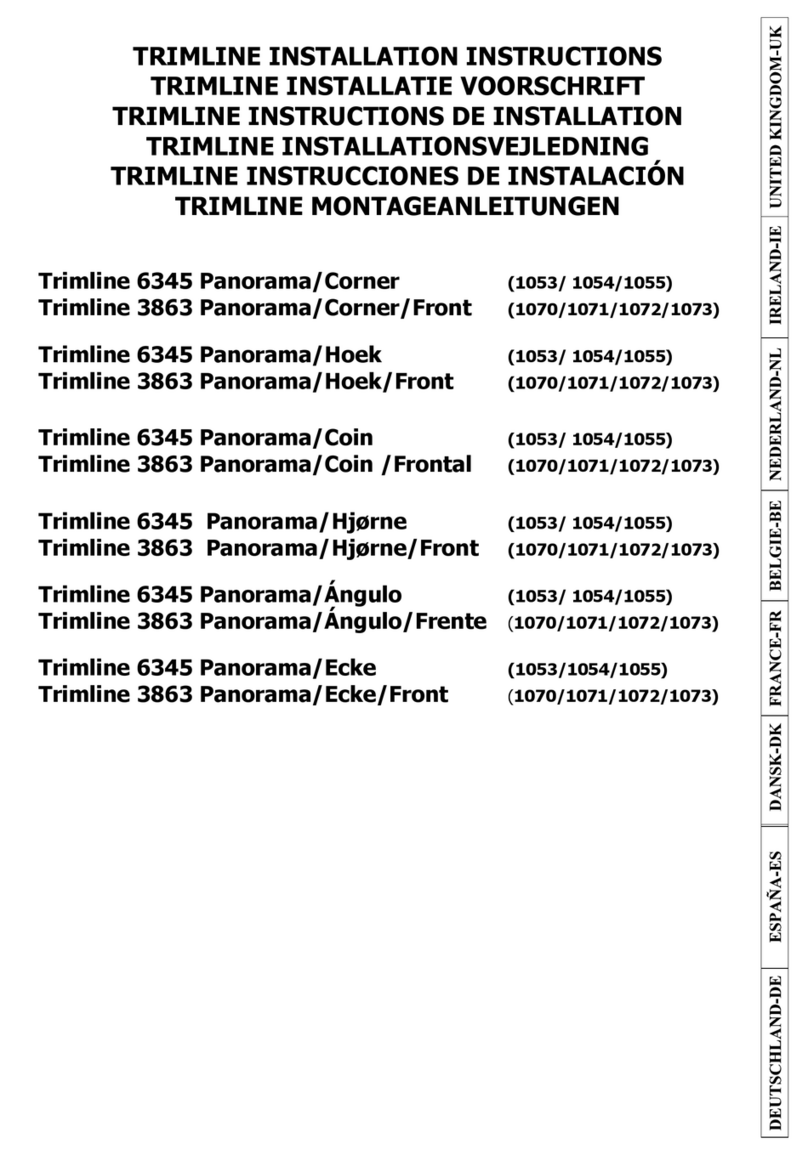
Thermocet
Thermocet Trimline 6345 Panorama/Corner User manual

Thermocet
Thermocet Apertura series User manual
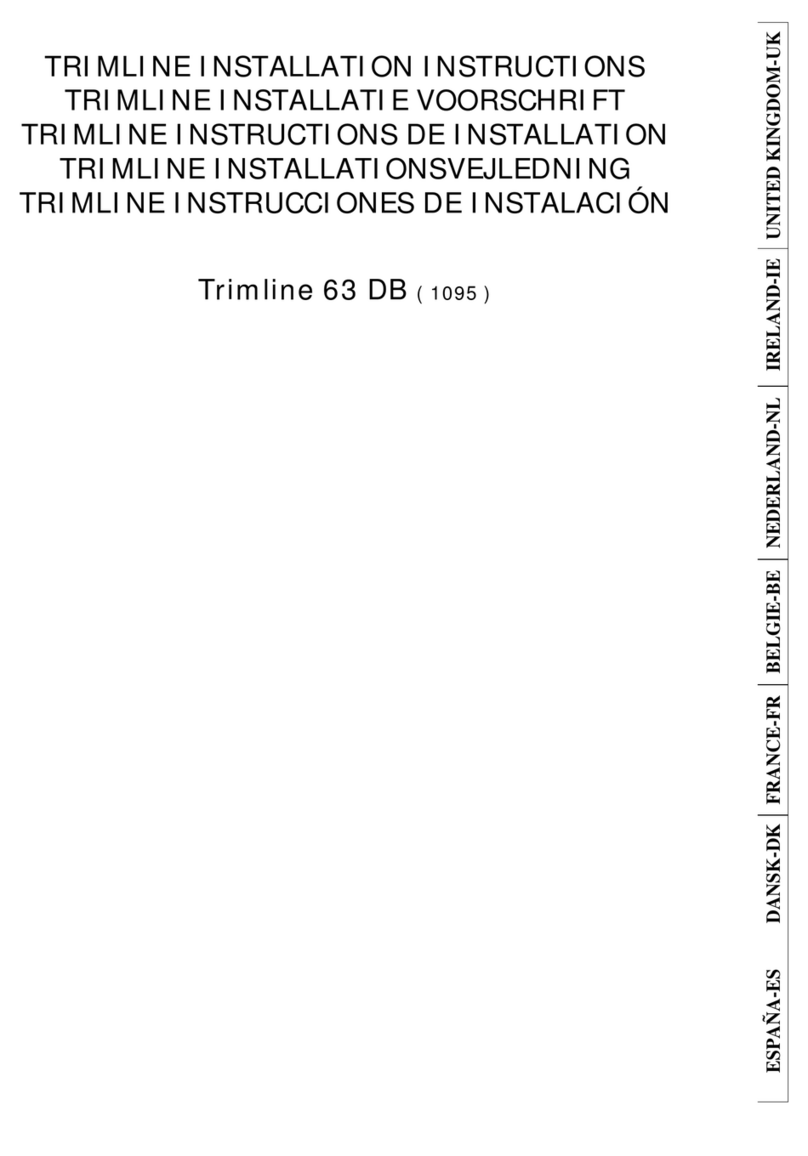
Thermocet
Thermocet Trimline 63 DB User manual
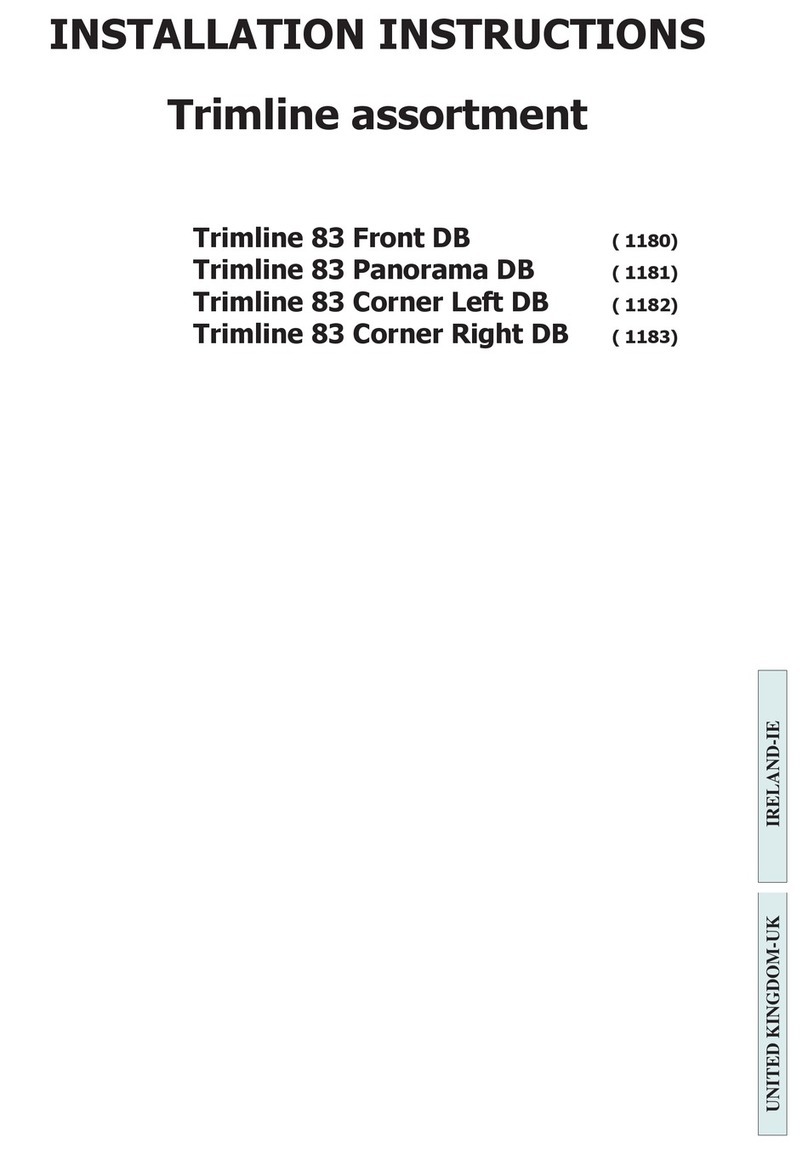
Thermocet
Thermocet Trimline Series User manual

Thermocet
Thermocet Trimline 73 User manual

Thermocet
Thermocet Trimline 38 FS Pano mantle User manual
Popular Indoor Fireplace manuals by other brands
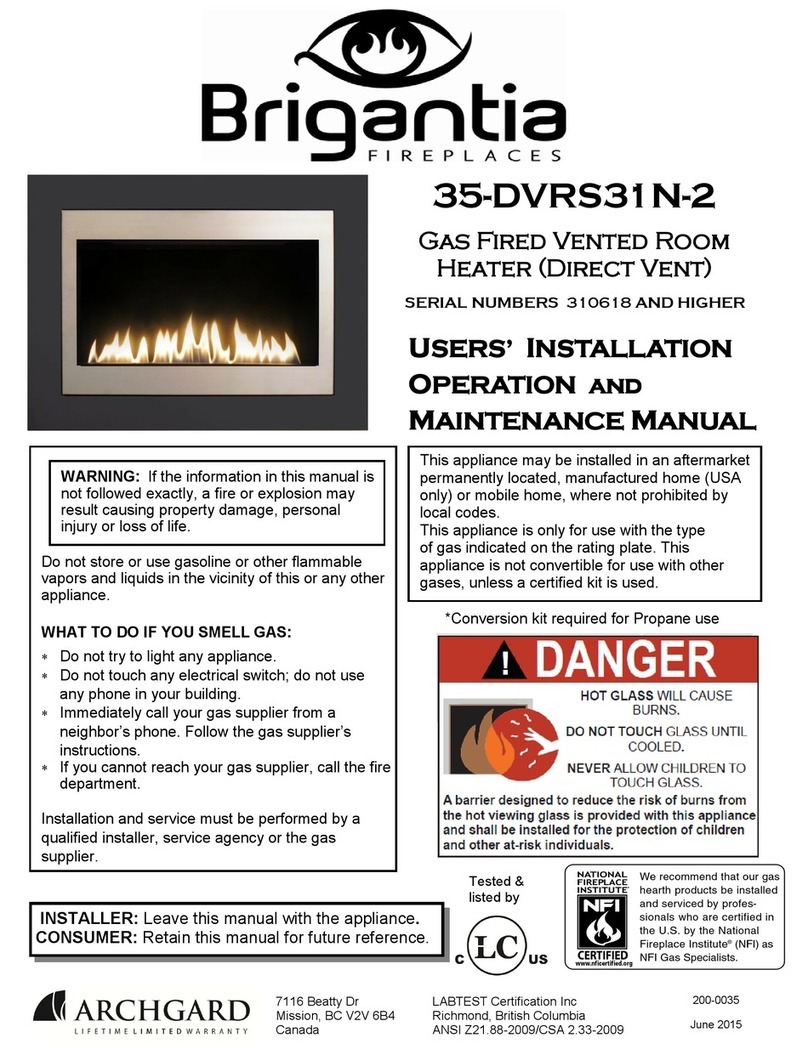
Brigantia
Brigantia 35-DVRS31N-2 User's installation, operation and maintenance manual
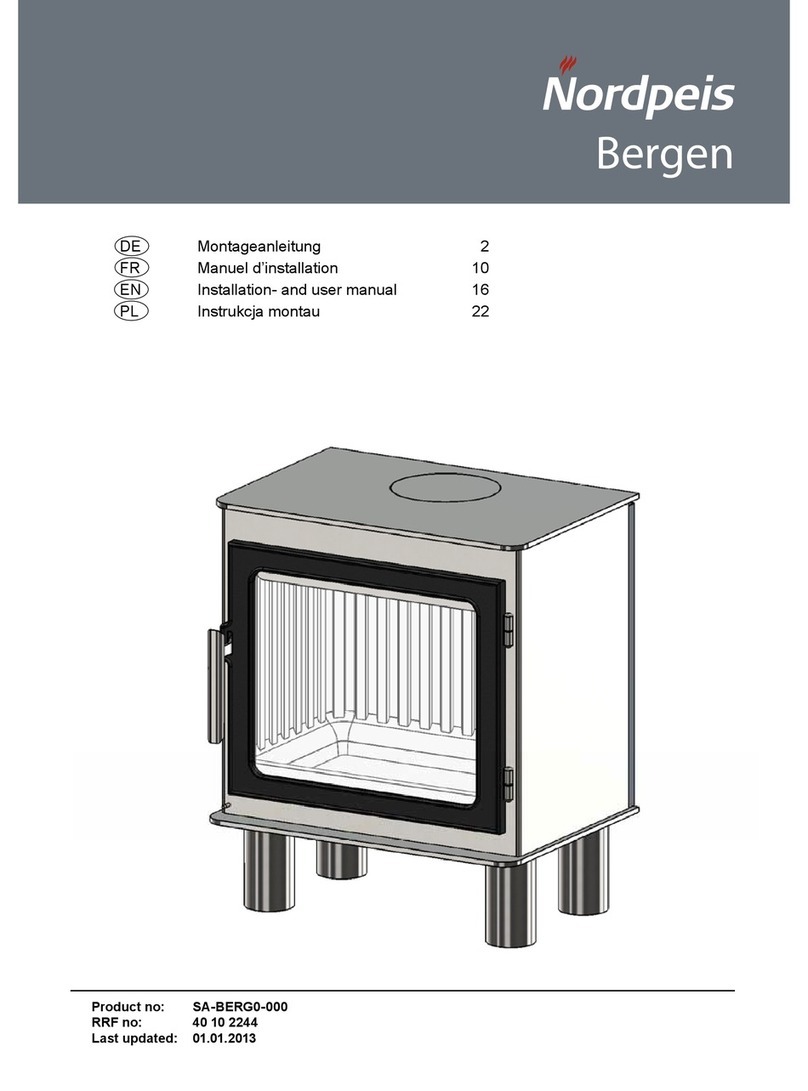
Nordpeis
Nordpeis Bergen Installation and user manual

Superior
Superior BCT2536TMN Installation and operation instructions

Quadra-Fire
Quadra-Fire 5100I-GD-B owner's manual
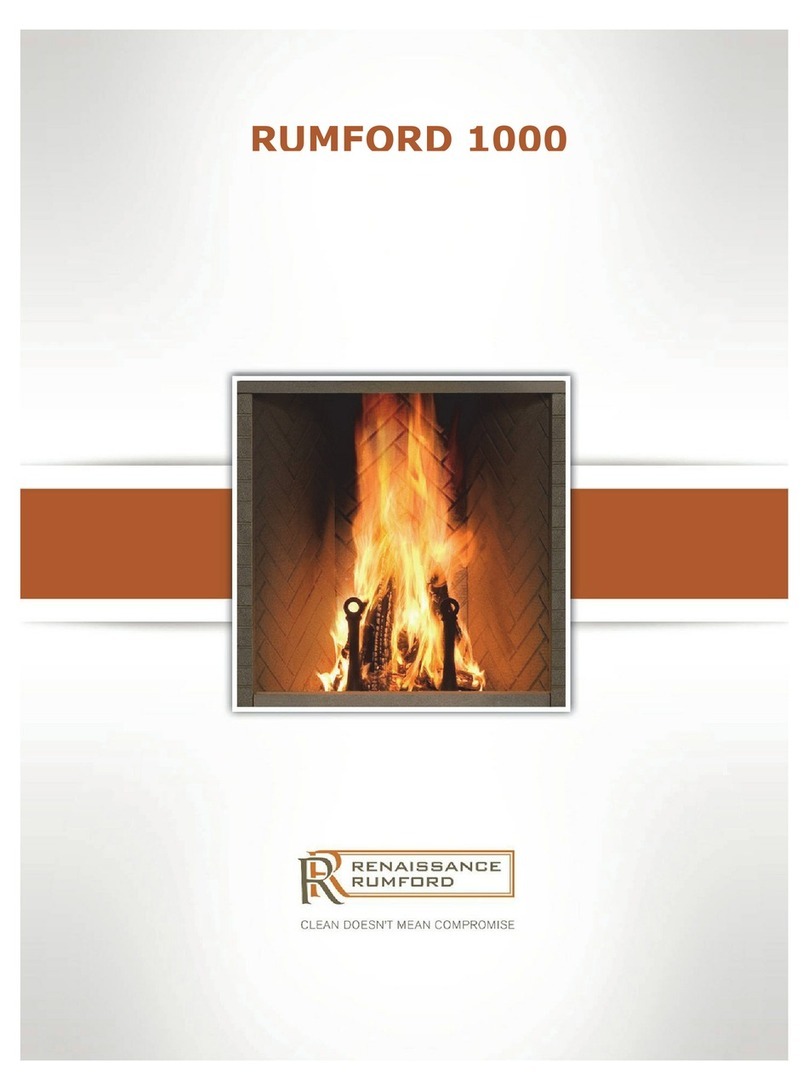
Renaissance
Renaissance RUMFORD 1000 user manual
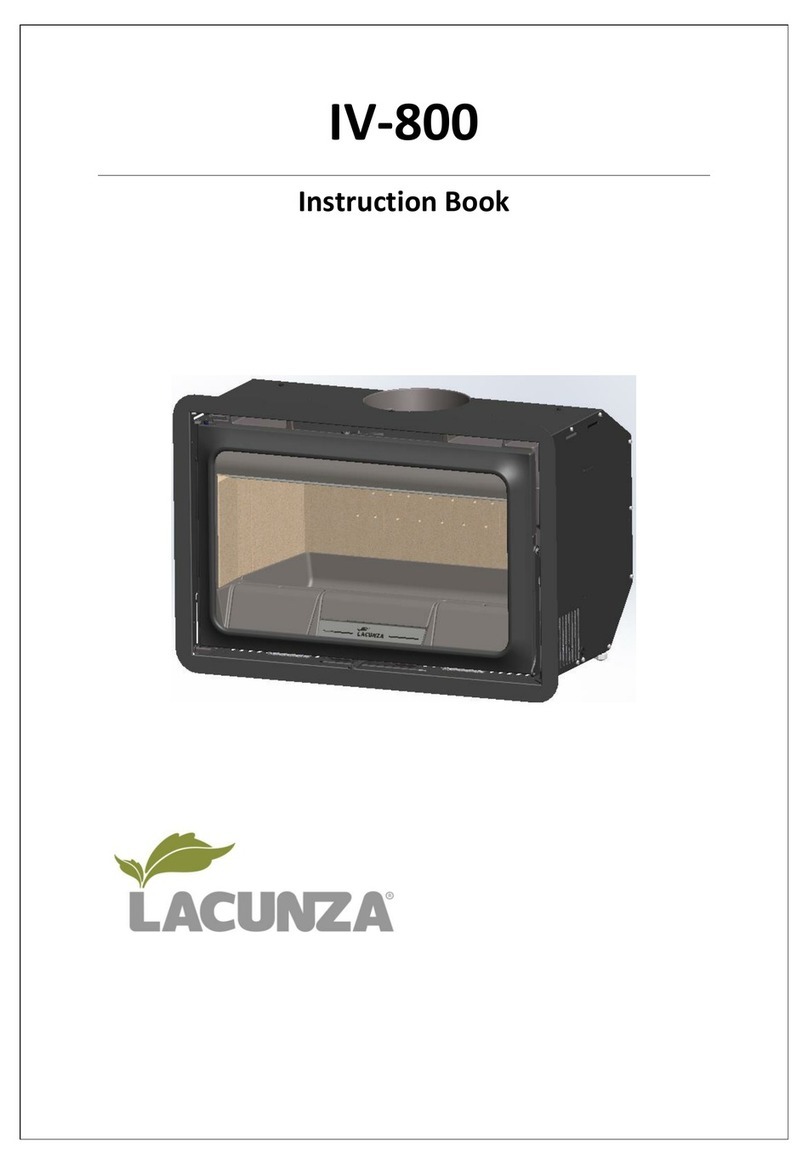
Lacunza
Lacunza IV-800 Instruction book
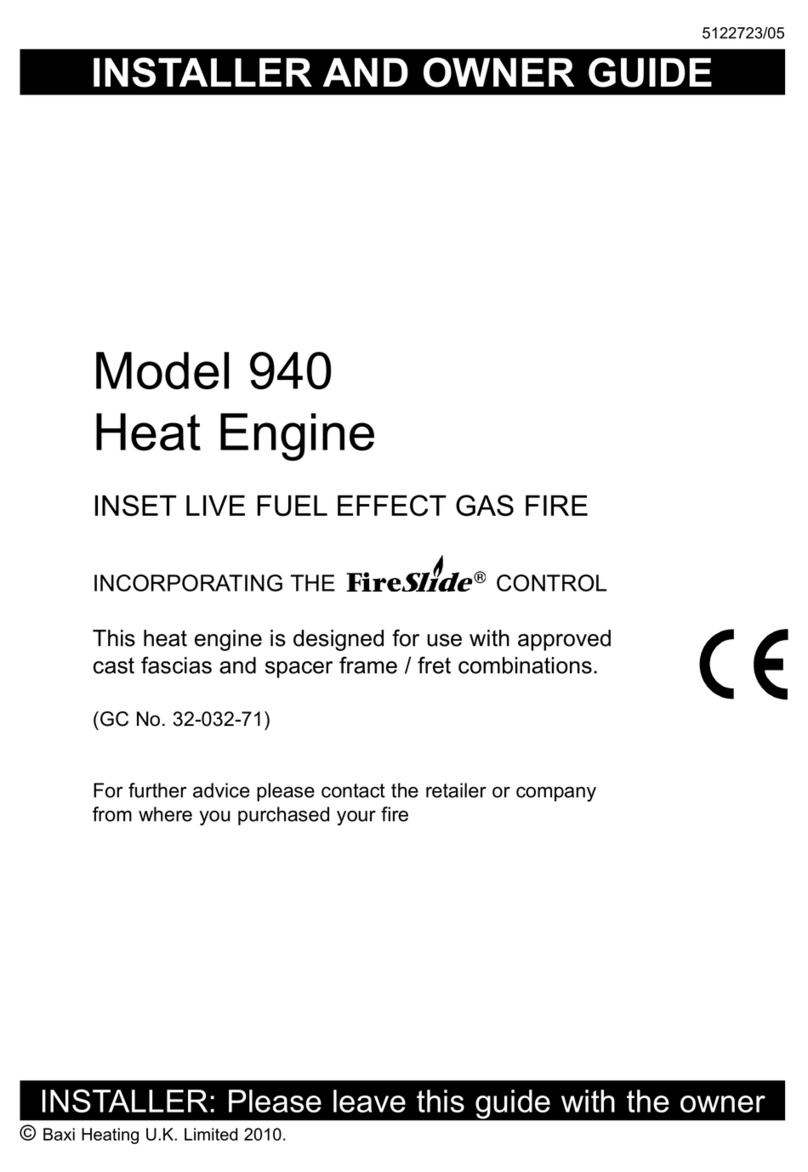
Baxi
Baxi 940 Installer and owner guide
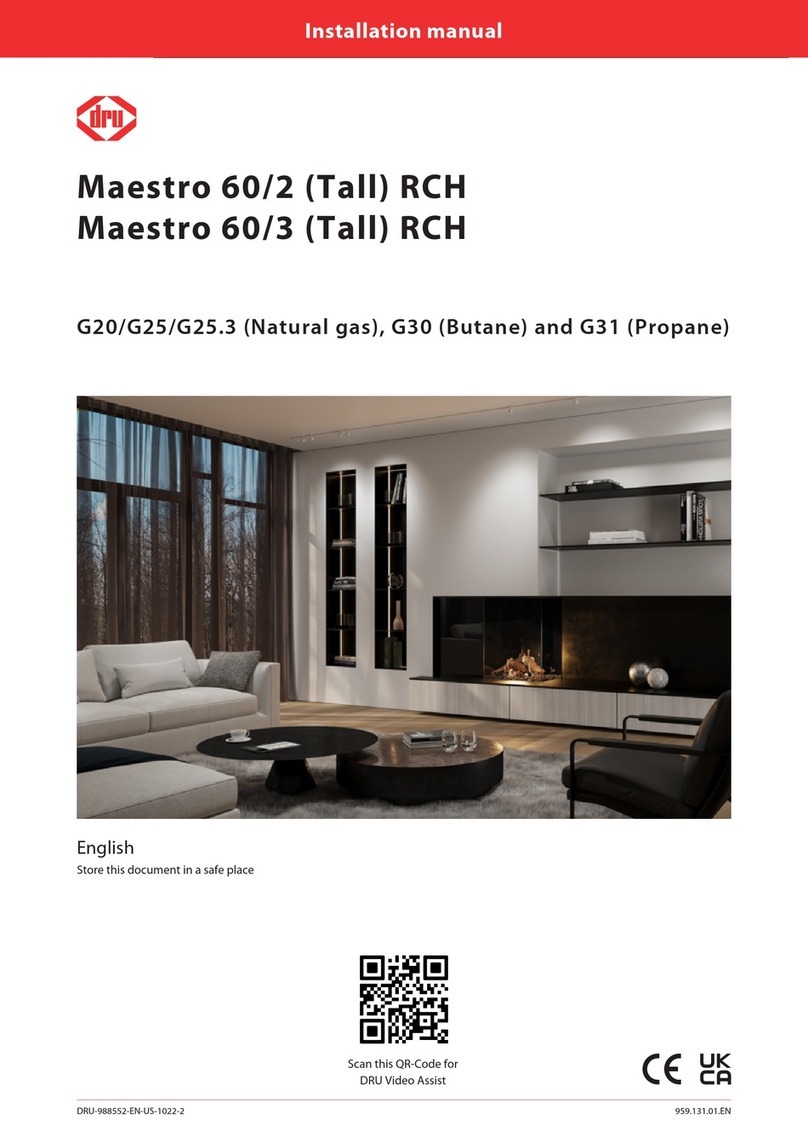
Dru
Dru Maestro 60/2 Tall RCH installation manual
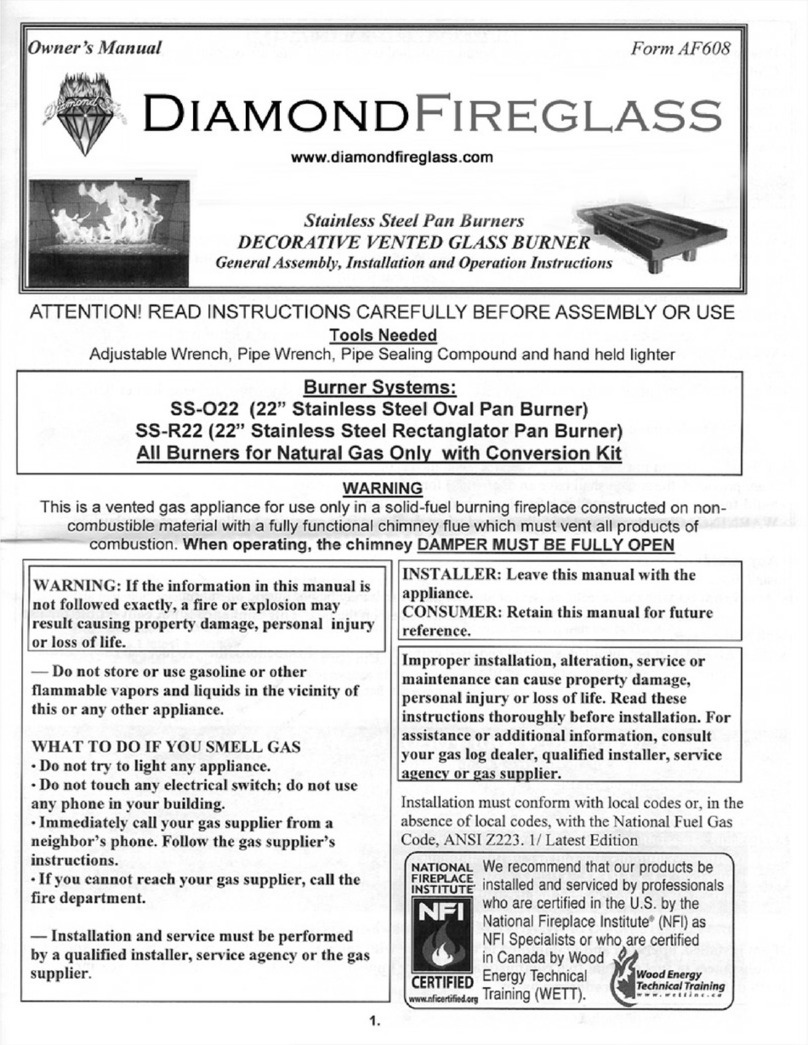
Diamond Fireglass
Diamond Fireglass SS-O22 General assembly, installation, and operation instructions

HearthStone
HearthStone Windsor Bay 8830 Owner's manual and installation guide

Napoleon
Napoleon ASCENT B42 quick start guide
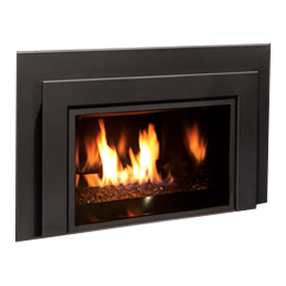
Enviro
Enviro E33GI owner's manual
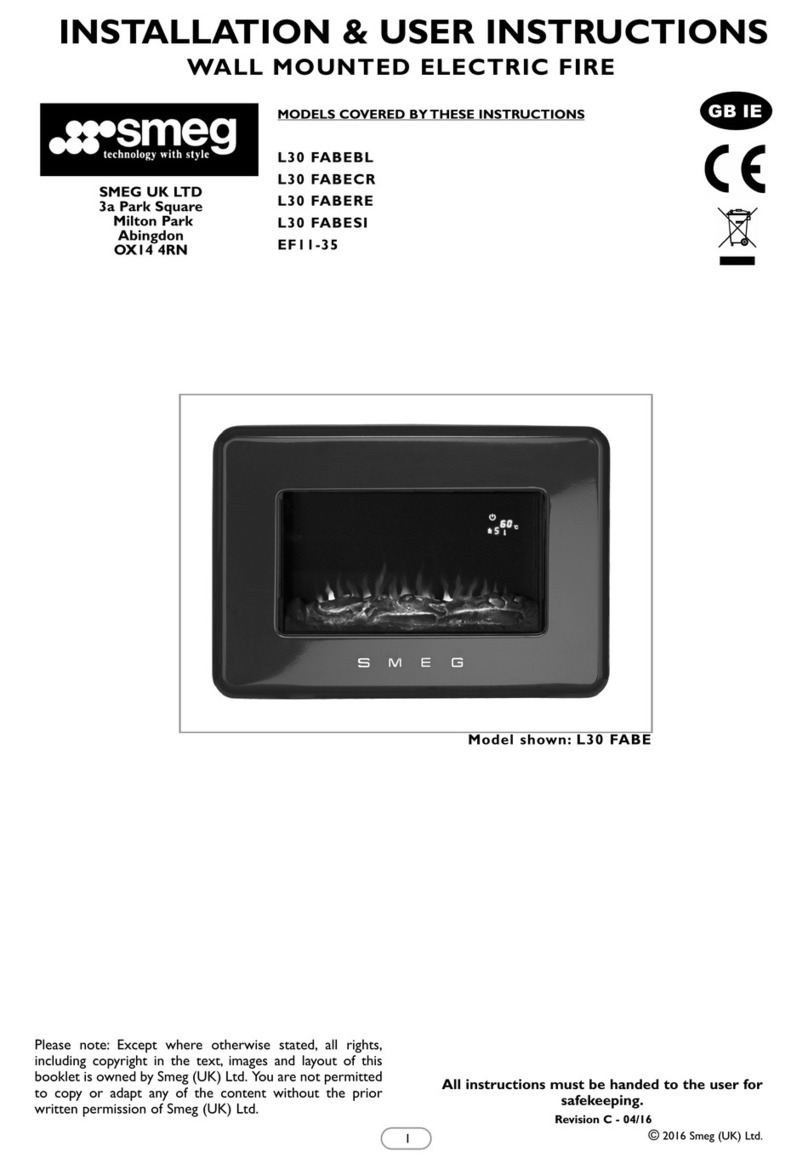
Smeg
Smeg L30 FABE Installation & user's instructions

KEDDY
KEDDY K700 Installation instructions care and firing instructions
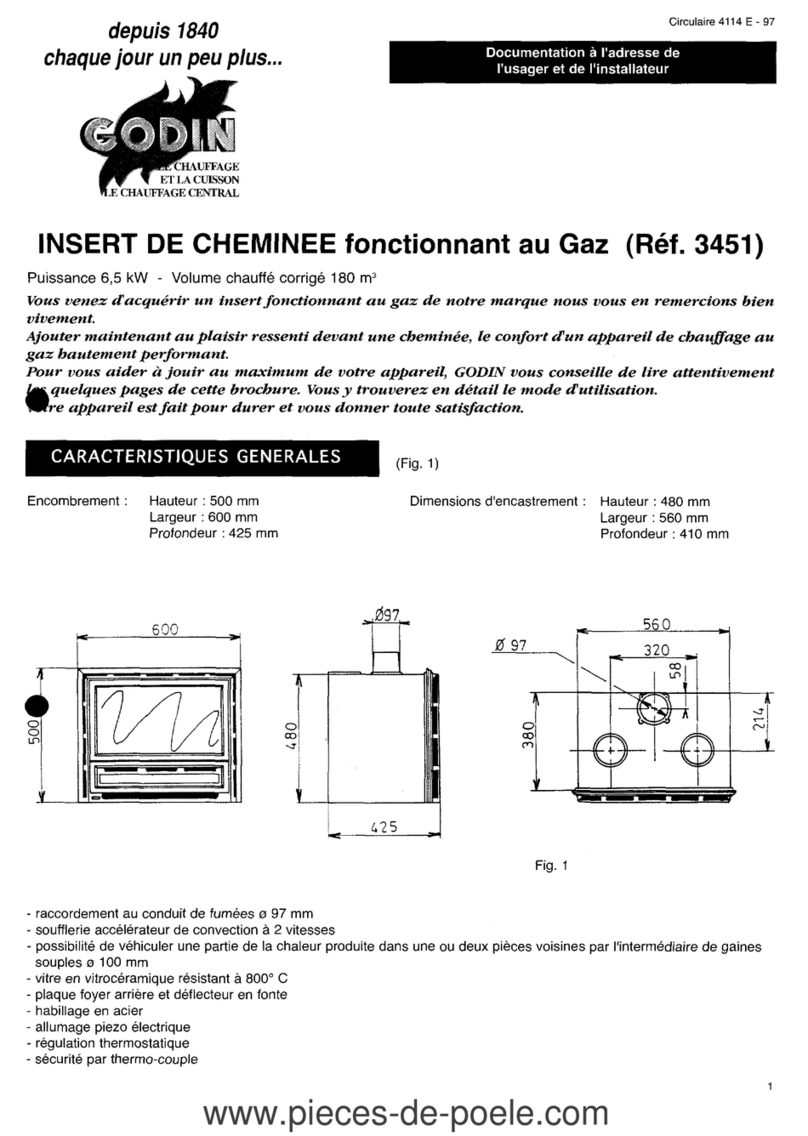
Godin
Godin 3451 manual
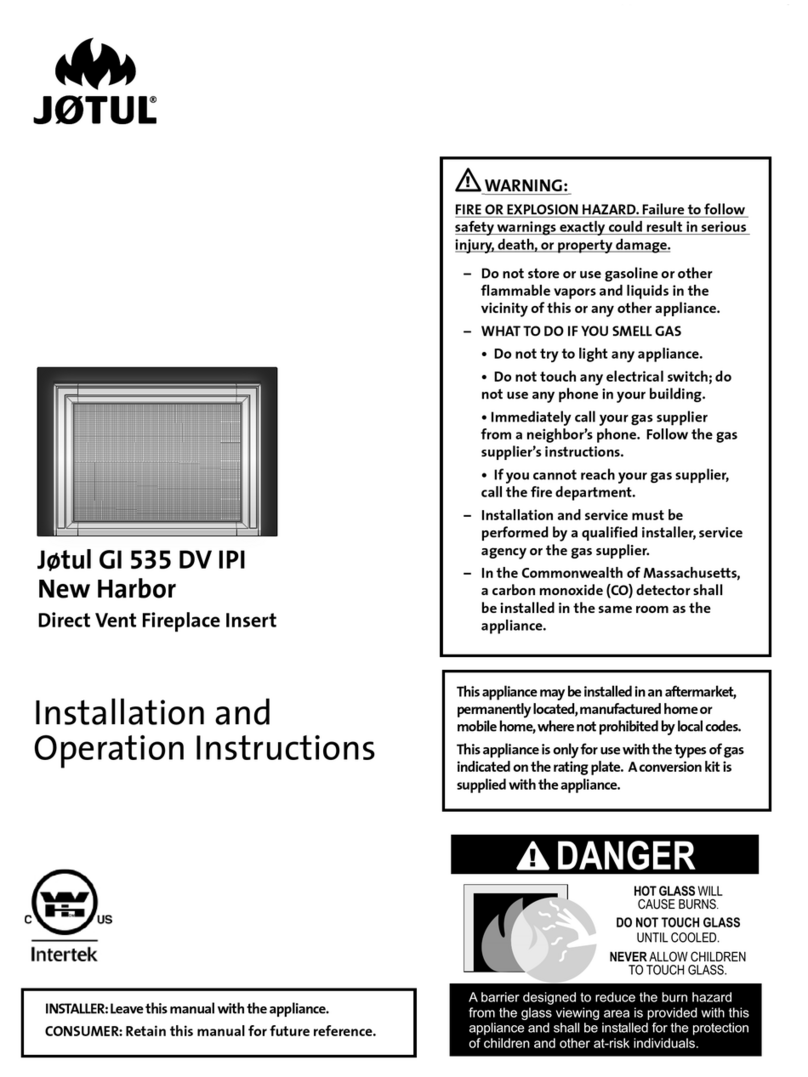
Jøtul
Jøtul Jotul GI 535 DV IPI New Harbor Installation and operation instructions
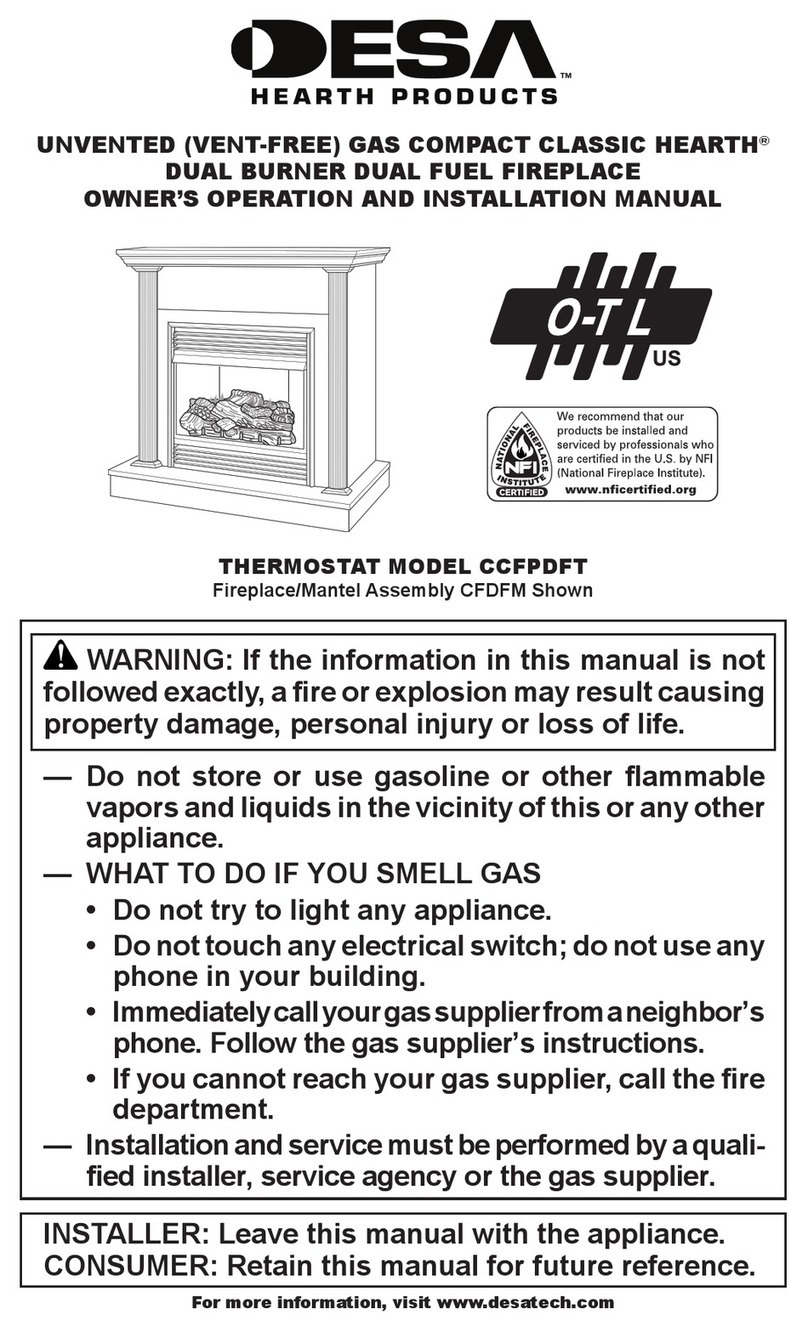
Desa
Desa CCFPDFT Owner's operating & installation manual

Miles Industries
Miles Industries Vogue 1300IRN Installation & operating instructions









